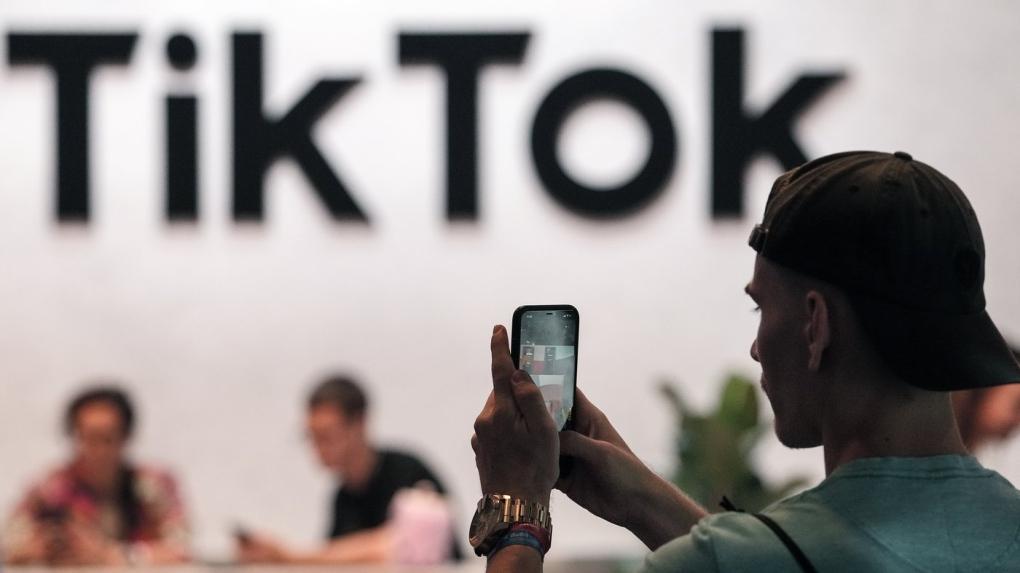JPMorgan Chase CEO Jamie Dimon spoke to investors on Monday at the company’s first investor day since the outbreak of the CCP (Chinese Communist Party) virus, taking stock of the troubles that threaten the U.S. economy while also highlighting reasons for optimism under the circumstances.
In his remarks, Dimon described a “strong economy” with “big storm clouds,” noting that the weather metaphor attested to a great deal of uncertainty about the economy of the near future.





